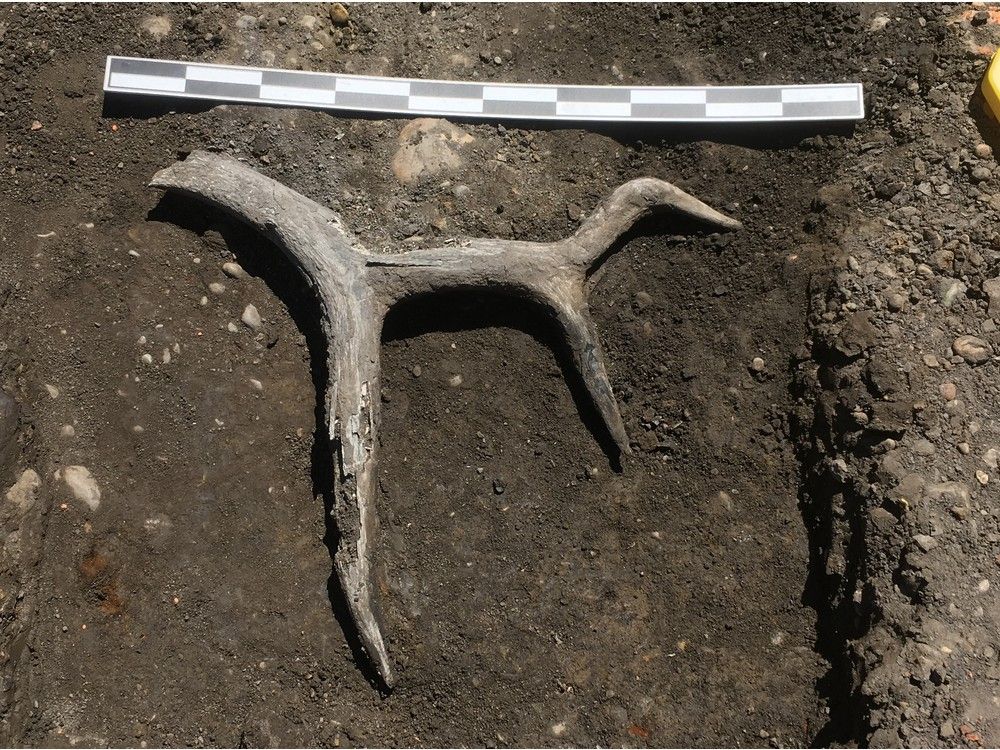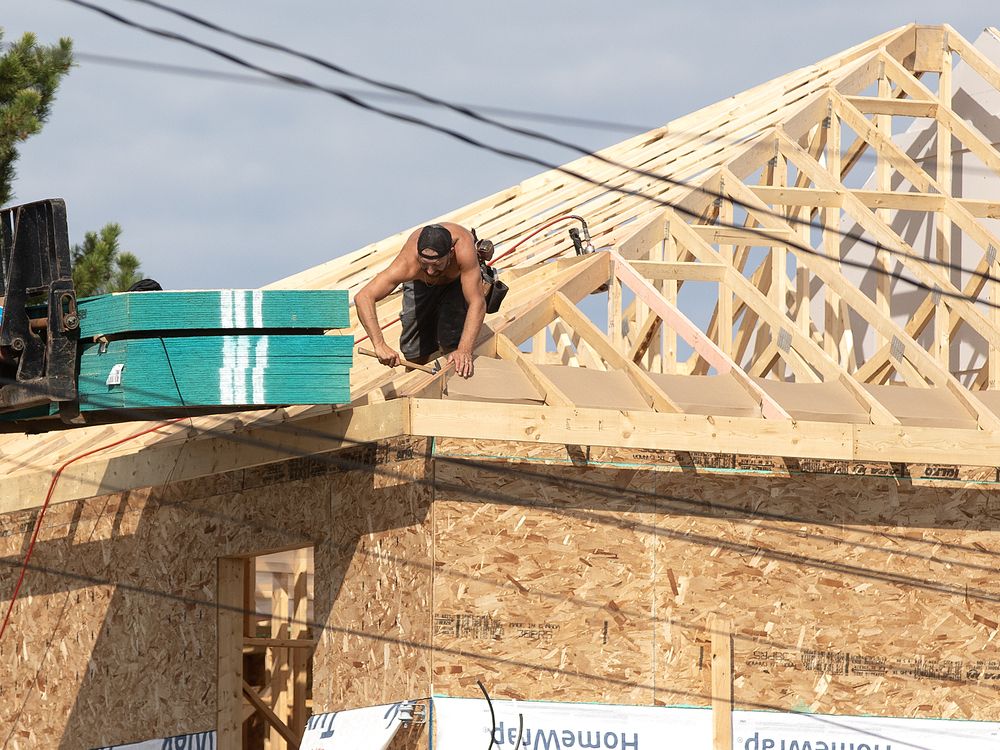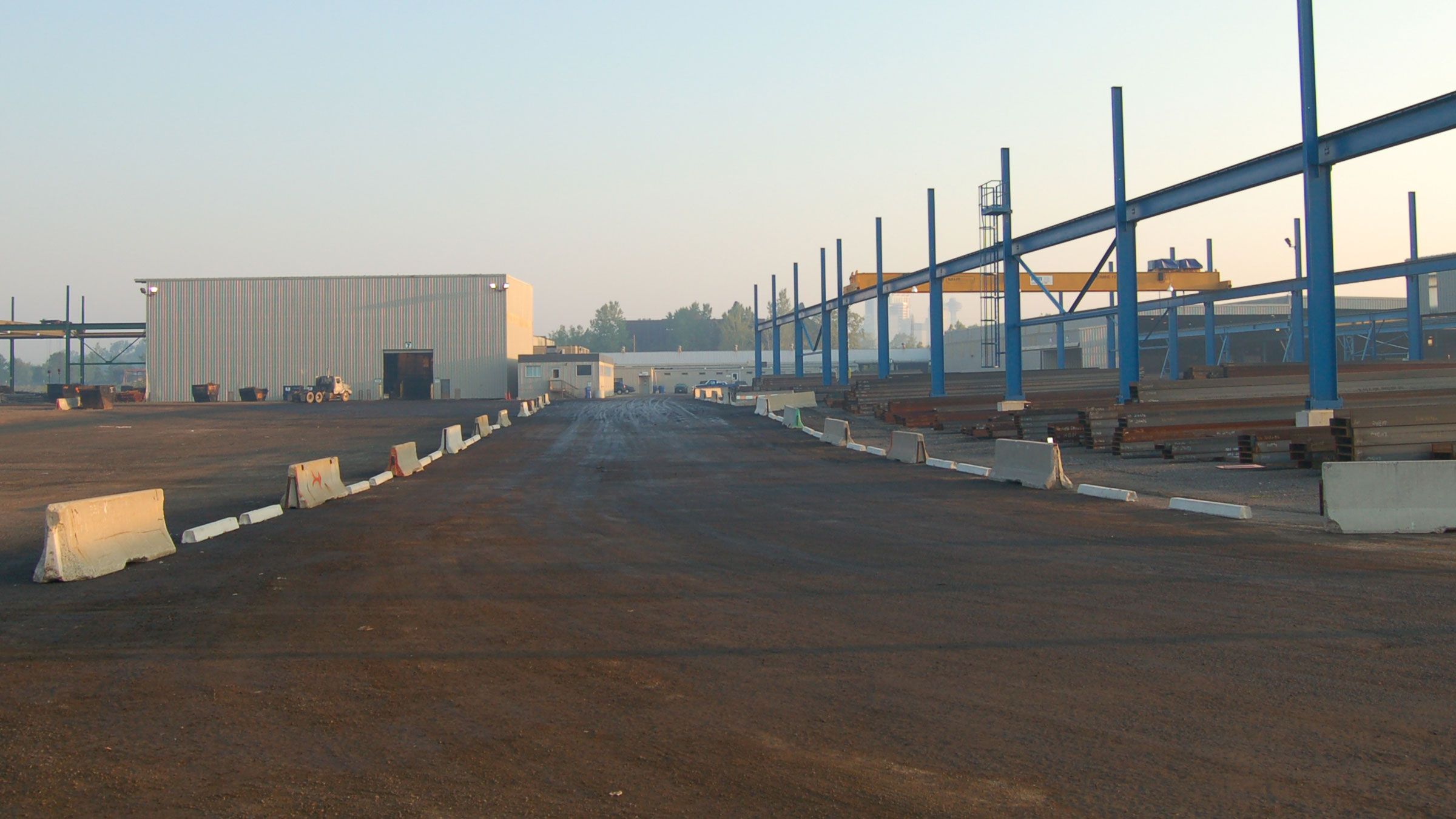Danielle Smith wants to save Alberta’s oil wealth, but history shows it’s a pledge that’s hard to deliver
After spending big in a pre-election budget 12 months ago, Alberta Premier Danielle Smith is now pulling a 180-degree turn to focus on saving as the theme of Thursday’s budget, which was centred on penny-pinching and the need to stash away the province’s oil and gas wealth for future generations.
There is a long history of governments in Alberta pledging to save the bounty of oil cash, but with a crash in oil prices seemingly always around the corner, every previous commitment to saving has failed.
It’s why the province’s long-term oilpatch savings account, the Alberta Heritage Savings Trust Fund, has barely grown since the mid-1980s. Since then, ruling governments have often withdrawn money from it, instead of making deposits.
Considering how low the fund’s balance remains after decades of pumping oil and natural gas from the ground, Smith’s promise will no doubt find some level of support as a worthwhile cause.
Her biggest challenge will be ensuring the pledge actually sticks. When oil prices inevitably sink will there still be the political will to keep setting aside billions of dollars?
Based on Thursday’s budget, experts say there is little reason to think so.
In fact, Smith’s own government isn’t making any commitment beyond the upcoming year. There are no details about how much will go into the Heritage fund beyond the next 12 months.
“There’s nothing in there that says we are committing to saving,” said Ron Kneebone, an economics professor at the University of Calgary and a member of its School of Public Policy.
Any investment income will stay in the Heritage fund, the government said, but Kneebone was expecting a pledge of committing a minimum amount of oil and gas revenue per year into the fund.
“I would have liked to have seen for next year they’re going to put in $2 billion, in the year after that they’re going to put in $2 billion, et cetera, and I’m disappointed they haven’t done that,” said Kneebone, who has studied decades of Alberta budgets.
Several other governments around the world have created trust funds to save oil and natural gas revenue. Norway’s sovereign wealth fund, the world’s largest, is worth $1.6 trillion US.
“Regimes like Norway and others make a commitment and there is no commitment here,” said Kneebone. “You need to be upfront and clearly state, I am committing as a government.'”
After Smith’s televised address last week, which focused on saving money for future generations and getting off the oil and gas roller coaster, Kneebone was hoping the government might even introduce a policy to incentivize future governments to continue contributions to the Heritage fund. It didn’t happen.

History of neglect
The Heritage fund began in 1976 with an initial payment of $1.5 billion and a commitment to deposit 30 per cent of resource revenue.
The fund began to stall about a decade later.
In 1986, the price of oil had fallen to the bargain price of just $13 per barrel. That’s when the government of then-premier Don Getty abandoned the plan to save oilpatch revenues and also diverted all investment income earned by the fund into general revenue coffers.
That trend continued until recently as the province only made payments between 2005 and 2007.
Over the decades, governments have used the fund and its investment income to pay for nearly $45-billion worth of programs, services and infrastructure — including building the Kananaskis Country Golf Course in the Rocky Mountains, west of Calgary.
Borrowing to save
Politicians always have to juggle competing priorities. Thursday’s budget is no different.
The budget calls for a $367-million surplus this upcoming year with a $2-billion deposit into the Heritage fund, while borrowing $2.3 billion for infrastructure projects. The government’s debt will increase to more than $78 billion.
One year from now, the Heritage fund total should be $23.8 billion.
“For the most fiscally conservative Albertan, that’s going to be hard to square,” said pollster Janet Brown.
“We’re saving for the future, but we’re saving for the future by borrowing money. I don’t know too many households that sort of run their household that way.”
Under the current plan, it will take until 2121 for the provincial government to pay off its existing debt.
Last year, on the eve of an election, the governing United Conservative Party ramped up ‘massive’ spending for health care, education, highways and dozens of other projects. The budget called for operating costs to climb by $2.6 billion (including the hiring of 7,600 new government workers) and capital costs in the tens of billions for infrastructure projects.
This budget pulls back on the growth in spending.
The budget is based on North American oil prices averaging $74 US per barrel. A barrel of West Texas Intermediate was trading for about $78 this week. For every $1 change in oil prices, the government’s revenues shift by $630 million because of the impact on tax and royalty payments.
“A lot of people like the idea of revisiting the Heritage trust fund. They feel it has been neglected too long. Some people will like the idea, but will people like borrowing for it?” Brown said.
Despite the growing debt, Alberta’s financial situation is still considered among the best of provinces in Canada.
What now?
The budget mentions how “the government is embarking on a plan that will return the Heritage Fund to its original vision of building intergenerational wealth.”
As for the future? The budget states the government will “explore options to renew and grow the Alberta Heritage Savings Trust Fund in 2024.”
For now, the fund is growing.
But with no commitments for fresh funding beyond the next 12 months, what to expect from Smith’s government and its emphasis on the Heritage fund seems difficult to predict.




